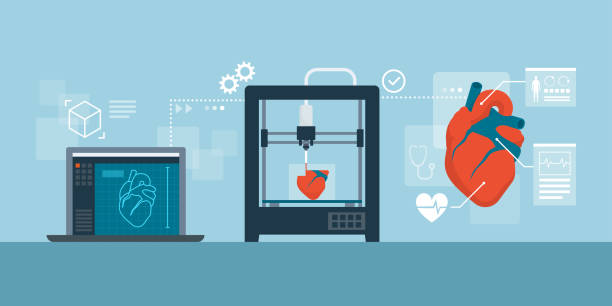Advanced 3D technologies refer to a wide range of technologies and techniques that are used to create three-dimensional (3D) objects and environments. These technologies are used in a variety of industries, including entertainment, manufacturing, architecture, and medicine, and have the ability to revolutionize the way that products are designed, manufactured, and experienced.
One of the key advanced 3D technologies is 3D printing, which is a process that uses a printer to build objects layer by layer. 3D printing allows for the creation of complex and highly detailed objects, and has revolutionized the way that products are manufactured, particularly in the areas of prototyping and small-scale production. The technology has also been used to create customized products, such as prosthetics and orthotics, and has the potential to change the way that products are designed and manufactured in the future.
Another advanced 3D technology is virtual reality (VR), which is a computer-generated simulation of a three-dimensional environment that can be interacted with using special equipment, such as a headset. VR has a wide range of applications, including entertainment, training, and education, and has the potential to change the way that people experience the world around them.
Another related technology is augmented reality (AR), which is a technology that superimposes digital information on the real world. AR has been used in a variety of applications, including gaming, education, and advertising, and has the potential to change the way that people interact with the world around them.
In addition to these technologies, there are also a number of other advanced 3D technologies that are used in a variety of industries, including computer-aided design (CAD), computer-aided manufacturing (CAM), and rapid prototyping. These technologies are used to streamline the design and manufacturing process, and have the potential to increase efficiency and reduce costs in a variety of industries.
One of the key benefits of advanced 3D technologies is the ability to create highly detailed and complex objects. For example, 3D printing allows for the creation of objects with intricate geometries and highly detailed surface textures, which would be difficult or impossible to produce using traditional manufacturing methods. This has the potential to revolutionize the way that products are designed and manufactured, and could lead to new and innovative products that were previously impossible to create.
Another benefit of advanced 3D technologies is their ability to increase efficiency and reduce costs in the design and manufacturing process. For example, 3D printing allows for the creation of prototypes in a matter of hours or days, rather than the weeks or months that are required using traditional manufacturing methods. This can reduce the time and cost of product development, and can help to bring new products to market more quickly.
In addition to these benefits, advanced 3D technologies also have the potential to change the way that people experience the world around them. For example, VR and AR have the potential to create entirely new and immersive experiences that were previously impossible, and could revolutionize the way that people play games, learn, and interact with the world around them.
In conclusion, advanced 3D technologies are a rapidly evolving set of technologies and techniques that are used to create three-dimensional objects and environments. These technologies have the potential to revolutionize a wide range of industries, including manufacturing, entertainment, and medicine, and could change the way that people experience the world around them. With continued investment in research and development, it is likely that advanced 3D technologies will continue to evolve and have an increasingly significant impact on the world in the years to come.







